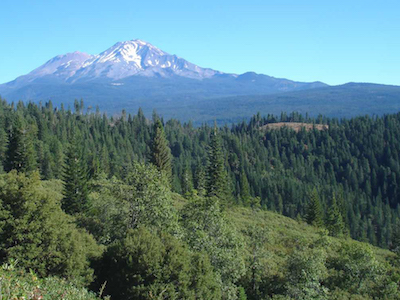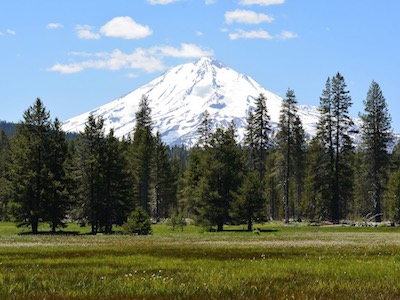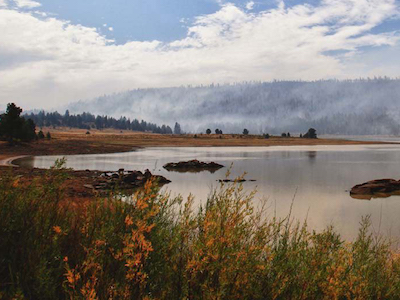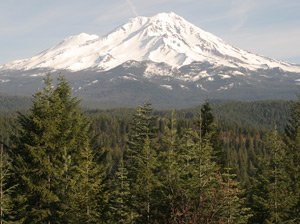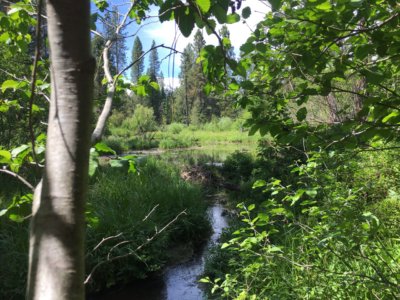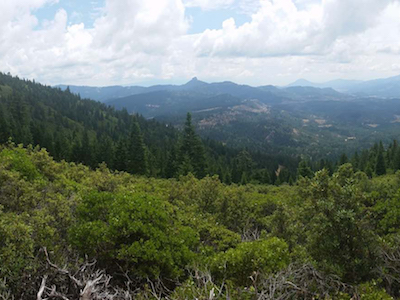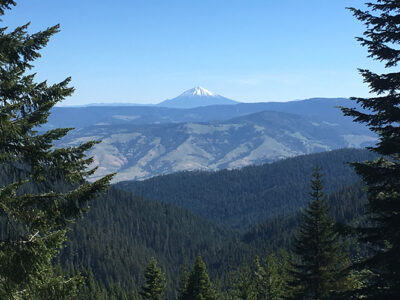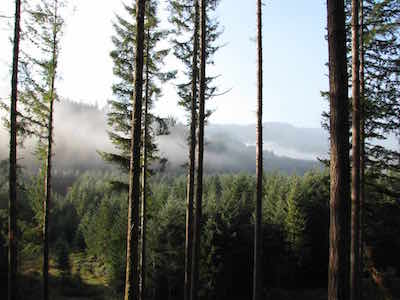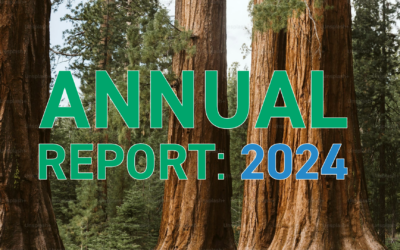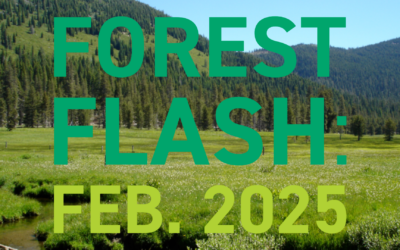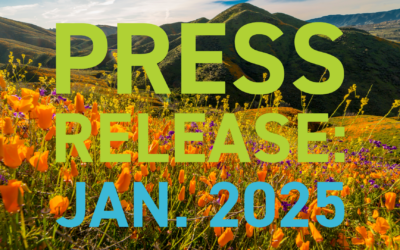What We Do:
Conserve Forests
Forests—and the water and wildlife that run through them—don’t start and stop at property lines. They extend beyond human boundaries, providing habitats, waterways, and vast stores of carbon across their varied and vibrant landscapes. That’s why we work with private landowners across those boundary lines—to conserve and sustain whole forests, connecting land across public and private ownerships for all of the benefits forests provide.
Unfortunately, America’s privately owned forests are increasingly vulnerable to development pressure and fragmentation, as sale and development are often the “best” economic uses of these lands. We advance innovative, incentive- and market-based solutions to encourage landowners to conserve their forests and manage them for all the benefits that they provide.
Working with landowners, communities, and forest stakeholders, we develop conservation-based policies and economic incentives to sustain and restore America’s privately owned forests, re-connecting natural forest functions across public and private ownerships. We envision a vast, vital, and resilient landscape of conserved forests across the U.S.
— Jerry Franklin, Professor of Ecosystem Analysis, College of Forest Resources, University of Washington
How We Conserve Forest Landscapes
We Create Economic Incentives and new markets for Private Landowners to Conserve their Land
Working forest conservation easements provide private landowners the means to permanently conserve their forests for a variety of benefits while keeping the land privately owned, productive, and healthy. We pioneered this innovative form of the traditional conservation easement—now the national standard—to help landowners meet their twin goals of economic production and natural resource protection. Our conservation easements are strategically targeted to reconnect critical habitat and water linkages across property boundaries. For example, conserving well-managed forests abutting national forests, parks, and other protected areas, or within key watersheds.
We developed the first legislation that recognized the role of standing forests to help prevent climate change and created a regulatory market to pay landowners for those climate services. This market, valued in the hundreds of millions of dollars in 2015, now helps protect and sustain forests in over 22 states. Additionally, revenues from pollution allowances in California now funnel hundreds of millions of dollars annually into forests and other landscapes for their climate benefits.
We Conserve and Connect Forests
Landscapes are defined at varying scales depending on their functions. We work with scientists to define key ecological and economic landscape functions and target our work to help sustain these. We are currently pursuing a major strategic initiative to conserve one of America’s priceless forested regions, California and Oregon’s Klamath-Cascade. We have centered our on-the-ground conservation and restoration efforts to protect this area. Managing and conserving this region as one whole forest—rather than a series of fragmented properties—ensures clean and available water, regulates and mitigates stresses caused by the rapidly changing climate, provides habitat for plants and animals adapting to climate change, reduces fire risk, and supplies renewable energy.
The Klamath-Cascade
Stretching across 12 million acres in northern California and southern Oregon, the Klamath-Cascade region is a patchwork of public and privately owned forests. Its landscape encompasses one of the most productive and diverse temperate conifer forests on Earth, supporting the region’s prolific timber industry, and is home to more than 600 species of plants and animals.
The forest landscape of the Klamath-Cascade has remained cooler and wetter than other regions in California that are warming and drying with climate change and is projected to continue to remain so as the rest of the state further warms and dries. Glaciers on Mt. Shasta, one of the Klamath-Cascade’s iconic volcanoes, have expanded over the past 100 years, even as those in the Sierra Nevada have reduced by over 55%.
With steep declines in the region’s timber economy, we are working to develop new, conservation-based sources of financial return to promote both restoration and conservation across property ownership boundaries that will ensure the continued economic and environmental health of the Klamath-Cascade region.
HOW YOU CAN HELP
Help conserve America's forests.
Stay in-the-know. Get the latest news.
Current Projects and News
Annual Report 2024
Hot off the press! Take a look at all PFT has achieved over the past year—in the arenas of policy, conservation, stewardship, public engagement, and beyond—thanks to your critical support! PDF below. [pdf-embedder...
Forest Flash: February 2025
FOREST FLASH February 2025 In Pacific Forest Trust's e-newsletter, Forest Flash, we send you the most recent PFT news and updates on forests, clean water, climate, and wildlife. Subscribe here.AB 491: Codifying Nature-Based Climate Action in CaliforniaCalifornia is...
Assemblymember Connolly Introduces Legislation to Implement California’s First-in-the-Nation Nature-Based Climate Targets
AB 491, sponsored by Pacific Forest Trust, will make California a national model for harnessing nature to achieve carbon neutrality. SACRAMENTO, CA – Today, Assemblymember Damon Connolly (D-San Rafael) introduced AB 491, which will make California the first state in...

